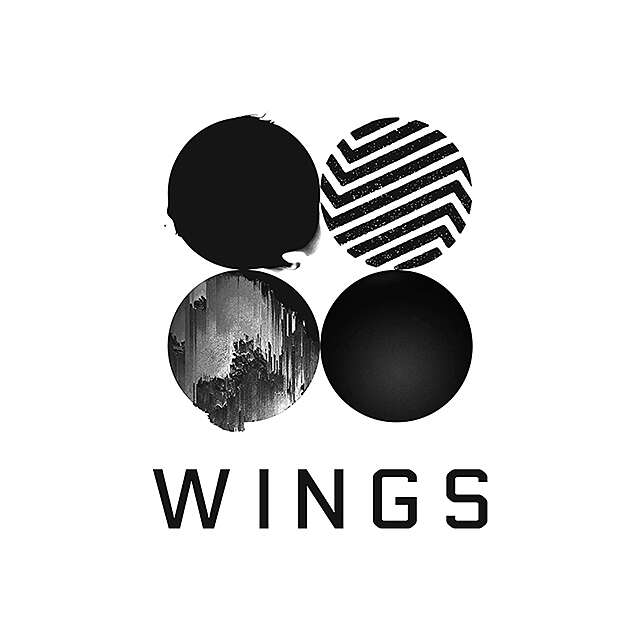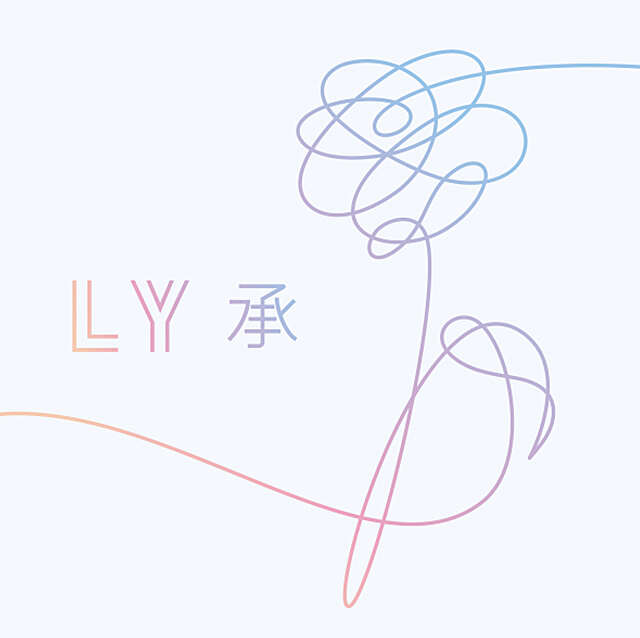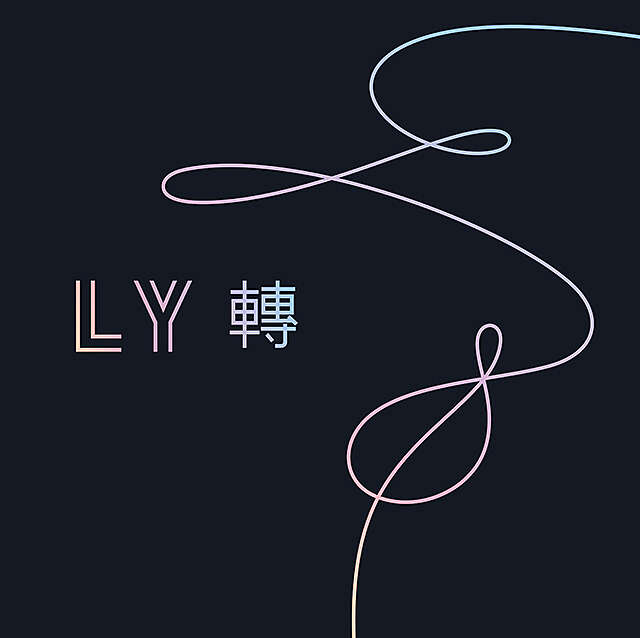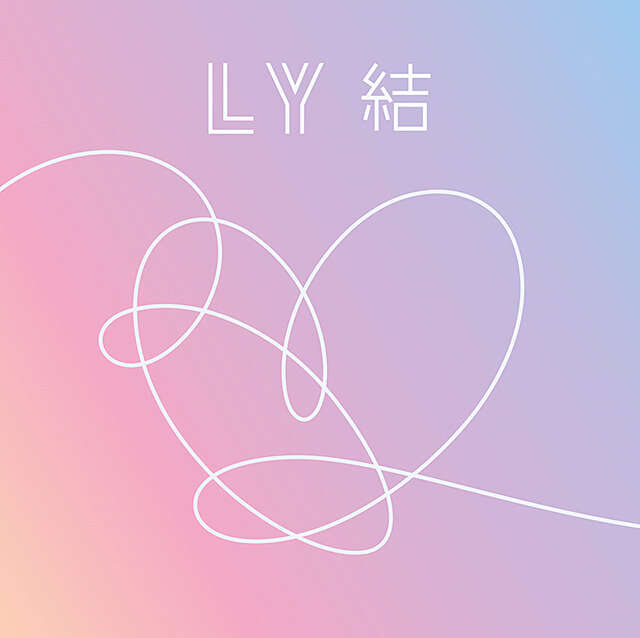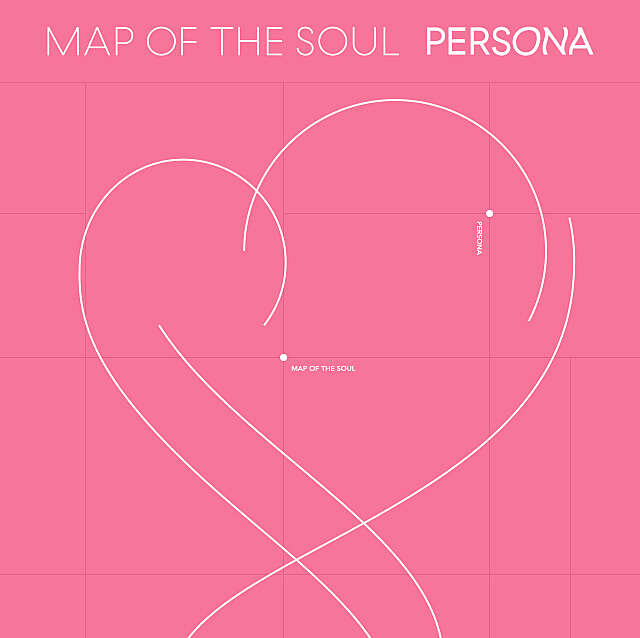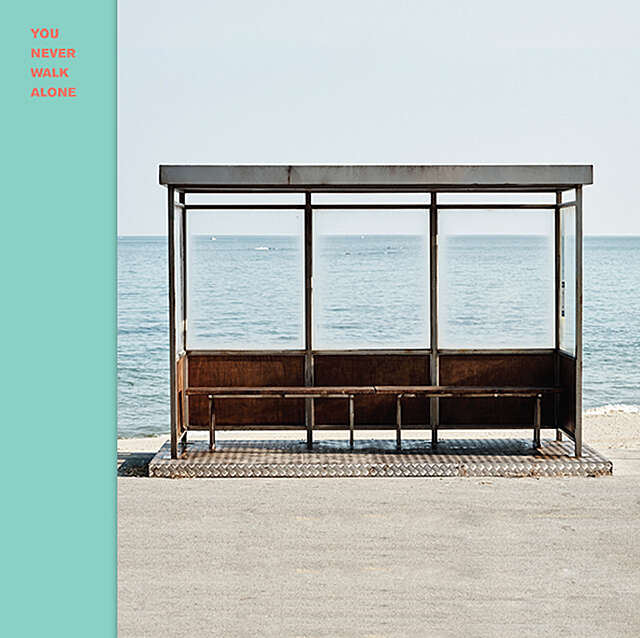Things change slowly, but the accumulation of small improvements will eventually reach a point where people can see in hindsight.
This soft disruption is happening in the music merchandise world right now. The concept of a music album is going through a complete remake, especially in K-pop. K-pop is redefining the idea of the music album.
Matching Value
In the era of digital music, physical albums (CDs and sometimes vinyls) are no longer necessary for listening. Record labels must suddenly justify paying for a cheap plastic disc. The collapse of music industry revenue is the direct result of record labels' failure to deliver value to the listeners. Aside from convenience, not paying for tangible albums is the consumer's way of saying "your price is not worth it."
There are two options when the value proposition goes through such moment of reckoning. Lowering price is not viable in the long run. Though iTune's single track purchase is an implicit way of lowering price and worked well, but in advent of music streaming each artist and each album became even less valuable on its own. Cheaper prices signal less value and now one's hard work is just an output to feed the algorithms.
Therefore, music albums must increase price (or at least charge the same) to stay sustainable. Even though this is the only way forward, the music industry has not justified price increases for many years. That is until the K-pop industry has redefined what albums are for, somewhat piggybacking on Japan's music industry (which is moving a lot slower to digital than other markets).
In order to justify price increase, albums must be collectible and not for listening. An album should be something people are proud to display, not just another plastic clear CD case to cram in one's glove compartment.
This leads to major revamps in every aspect of the album product.
Changes in K-Pop Albums
Most notably, K-pop album covers are becoming more experimental and deliberately designed. Covers now rely less on photos and more on conceptual designs as to evoke timelessness. BTS albums from Wings to Map of The Soul:7 are excellent examples. Do you think any of them will look outdated by 2025 or even 2030?
This soft disruption is happening in the music merchandise world right now. The concept of a music album is going through a complete remake, especially in K-pop. K-pop is redefining the idea of the music album.
Matching Value
In the era of digital music, physical albums (CDs and sometimes vinyls) are no longer necessary for listening. Record labels must suddenly justify paying for a cheap plastic disc. The collapse of music industry revenue is the direct result of record labels' failure to deliver value to the listeners. Aside from convenience, not paying for tangible albums is the consumer's way of saying "your price is not worth it."
There are two options when the value proposition goes through such moment of reckoning. Lowering price is not viable in the long run. Though iTune's single track purchase is an implicit way of lowering price and worked well, but in advent of music streaming each artist and each album became even less valuable on its own. Cheaper prices signal less value and now one's hard work is just an output to feed the algorithms.
Therefore, music albums must increase price (or at least charge the same) to stay sustainable. Even though this is the only way forward, the music industry has not justified price increases for many years. That is until the K-pop industry has redefined what albums are for, somewhat piggybacking on Japan's music industry (which is moving a lot slower to digital than other markets).
In order to justify price increase, albums must be collectible and not for listening. An album should be something people are proud to display, not just another plastic clear CD case to cram in one's glove compartment.
This leads to major revamps in every aspect of the album product.
Changes in K-Pop Albums
Most notably, K-pop album covers are becoming more experimental and deliberately designed. Covers now rely less on photos and more on conceptual designs as to evoke timelessness. BTS albums from Wings to Map of The Soul:7 are excellent examples. Do you think any of them will look outdated by 2025 or even 2030?
Similarly, album packaging is now much more variable. Everything is different aside from the outermost plastic wrap. You Never Walk Alone is a photo album that happens to contain a CD. Love Yourself: Tear is a book that happens to carry a CD. The Dream Chapter: Eternity is a journal with a lock that happens to carry a CD. You get the point.
This means the experience of opening an album has changed fundamentally. Opening an album is no longer to use the CD, but to enjoy the unboxing experience. The album is like a book, ready to be examined from cover to cover and inside out. And like a book, it contains more than just the track list and a photo cover for the plastic case (for example this).
The albums referenced above all carry beautifully designed lyric books, photos (often in different versions), and artist's messages to fans. There is a lot of room in terms of the content an album can contain. The photos are no joke either... Just take a look at The Dream Chapter: Eternity website and the photos for Love Yourself: Tear. Uncovering these albums is like a playing a mini game or watching a mini fashion show.
There are more game-like aspects to the music album experience. K-pop albums often come with stickers, photo cards, and all sorts of knickknacks, many are exclusive to limited editions. All of these things are distributed randomly. For example, collecting a complete set of photo cards is a gargantuan task, since you can get multiple identical photo cards. That makes the album experience more like spinning a gachapon machine (or even a slot machine if you stretch the logic abit more). You are enticed to buy multiple albums copies not only to support the artist, but also to get the exact thing you want.
And of course, due to the much closer connection between K-Pop artists and fans, record labels often charge higher prices for each album. Map of The Soul:7 costs 28 dollars, whereas Adele's 30 only costs 12 dollars. Higher price per album times more album copies sold equals higher revenue for K-Pop music labels, which they can now use to create more content for fans, develop a more sophisticated production system, and carry on the virtuous cycle.
There are many small details in a K-pop music album that result in a refreshing product experience. A well-designed product is the best way to win over new consumers. Albums are finally embracing this ethos to add more than musicality. It makes fans happy and proud to display the album and also buy it for other people (even non-fans). And it is good business for the artists. After all, streaming does not make as much as reliable album sales.
By returning back to the basics of providing value, K-Pop has found a way forward in a music world deeply shook by the advent of digitization two decades ago. Many industry peers in the West have yet to catch on to this. Perhaps the future will be divergent with more artists relying on streaming and touring for income, but those who can reliably make money from album sales will likely to laugh in the end (who are also capable of touring and getting stream revenue). After all, BTS's label HYBE has bought Ithaca, the company that manages Justin Bieber and Ariana Grande.
Here comes the soft disruption in the music album world.
The albums referenced above all carry beautifully designed lyric books, photos (often in different versions), and artist's messages to fans. There is a lot of room in terms of the content an album can contain. The photos are no joke either... Just take a look at The Dream Chapter: Eternity website and the photos for Love Yourself: Tear. Uncovering these albums is like a playing a mini game or watching a mini fashion show.
There are more game-like aspects to the music album experience. K-pop albums often come with stickers, photo cards, and all sorts of knickknacks, many are exclusive to limited editions. All of these things are distributed randomly. For example, collecting a complete set of photo cards is a gargantuan task, since you can get multiple identical photo cards. That makes the album experience more like spinning a gachapon machine (or even a slot machine if you stretch the logic abit more). You are enticed to buy multiple albums copies not only to support the artist, but also to get the exact thing you want.
And of course, due to the much closer connection between K-Pop artists and fans, record labels often charge higher prices for each album. Map of The Soul:7 costs 28 dollars, whereas Adele's 30 only costs 12 dollars. Higher price per album times more album copies sold equals higher revenue for K-Pop music labels, which they can now use to create more content for fans, develop a more sophisticated production system, and carry on the virtuous cycle.
There are many small details in a K-pop music album that result in a refreshing product experience. A well-designed product is the best way to win over new consumers. Albums are finally embracing this ethos to add more than musicality. It makes fans happy and proud to display the album and also buy it for other people (even non-fans). And it is good business for the artists. After all, streaming does not make as much as reliable album sales.
By returning back to the basics of providing value, K-Pop has found a way forward in a music world deeply shook by the advent of digitization two decades ago. Many industry peers in the West have yet to catch on to this. Perhaps the future will be divergent with more artists relying on streaming and touring for income, but those who can reliably make money from album sales will likely to laugh in the end (who are also capable of touring and getting stream revenue). After all, BTS's label HYBE has bought Ithaca, the company that manages Justin Bieber and Ariana Grande.
Here comes the soft disruption in the music album world.
